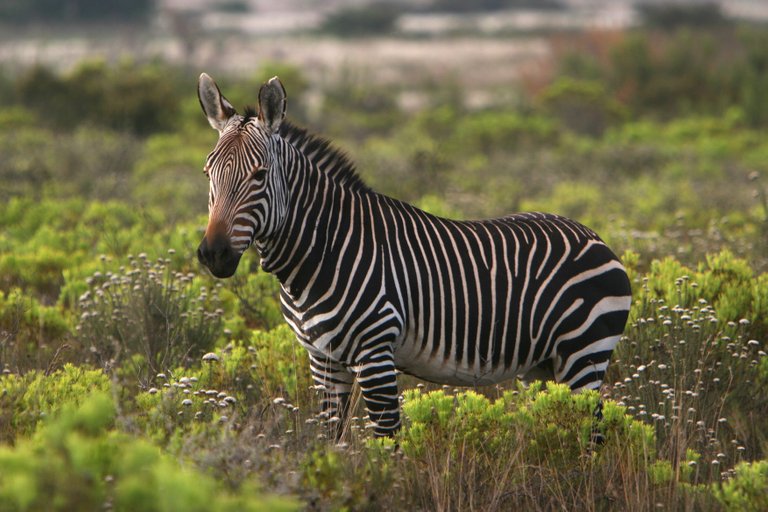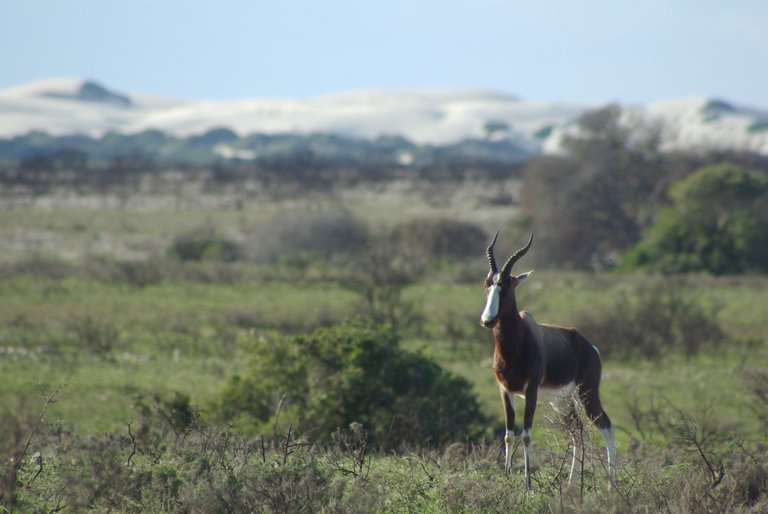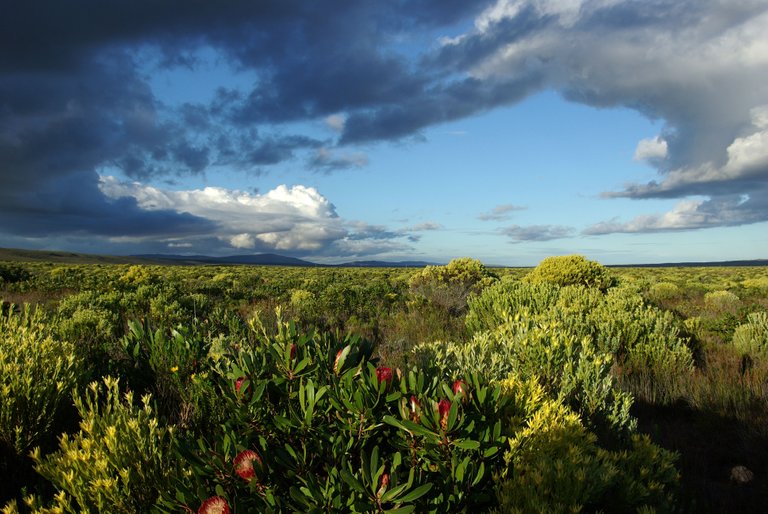This is a tale of the unknown Africa! A wilderness forgotten in the midst of colonisation, urbanisation, and exploitation! But a lost wilderness that has proven resilient and a forgotten wilderness with hope!
The North American prairie has its bison, the European tundra its reindeer, and the Central Asian steppe its saiga antelope, but nowhere else on this globe is there a greater spectacle of wildlife and wilderness than in Africa! No other continent boasts with such immense diversity and expansive wilderness, for it is only here that the natural world is still displayed in all its majesty and wonder. Africa’s deserts harbour not only gazelle and oryx, but also giraffe and even “desert” elephant. Its savannas form the stage for many of the greatest mammal migrations on the face of planet Earth. Its forests provide refuge to forest buffalo, okapi, and three of the four living ‘great apes’.

The Cape mountain zebra Equus zebra zebra only just survived the onslaught of human pressure in three isolated populations - their skins being valuable grain bags. (Photo: Tim Hauf)
Today, Africa is also a land of contrasts! Along the southernmost extremities of the continent lies a land with a much different reality. Here the ancient rhythm of Africa has been disturbed, changed and distorted! Endless herds of gazelle, wildebeest and half-striped zebra have been replaced with far-ranging mutton farms. Raucous parrots and their evergreen forests retreated into far off districts and inaccessible mountain gorges. Lagoons and estuaries where hippopotamus and crocodile openly bathed in the morning sun gave way to harbours, towns and cities. Rolling coastal hills and mountain slopes where leopard once stalked now stands adorned with some of the finest vineyards and olive groves in the southern hemisphere, if not the world! Where vast grasslands with bontebok and blue antelope once ranged across the Overberg panorama, now only wheat and canola fields flourish. And even the mighty Clanwilliam cedar tree nearly went the way of the dodo, as its fragrant wood was sculpted into lavish furniture! This transformed part of southern Africa came to be known as the Cape - a region defined as the three south-westernmost provinces of South Africa, and not half of this landscape’s story has been told!

Once found in herds numbering into the thousands, the bontebok Damaliscus pygargus pygargus was reduced to no more than 17 individuals. Today their population have recovered to sustainable numbers, but the large herds are only a distant memory. (Photo: Dominique Schreckling)
More than 350 years after European settlement much about the former wilderness has been forgotten (with many locals oblivious to the fact that lions, rhinos and elephants once lived in what is now Cape Town). But the Dutch colonisation was by no means the beginning of the story of humanity’s intrusion into these southern districts, for the exploits of man in the Cape goes back many centuries! First entered the Stone Age hunter-gatherers with power over the element of fire! On the heels of the San followed the Stone Age Khoikhoi pastoralists with their herds of sheep, goats and cattle. As the Khoikhoi spread across the entire face of the Cape, the Iron Age dawned with the arrival of the Bantu-speaking Nguni and later Tswana farmers. By 1488 European forays to these shores commenced as Portuguese seafarers set foot on South African soil! Dutch colonisation in the year 1652 was merely the last straw for the ever-changing Cape!

Great information Marcel II
Nice post! I upvoted and followed you for the next parts!
Thank you very much @dacinka Your posts are equally insightful! I followed you back (y)